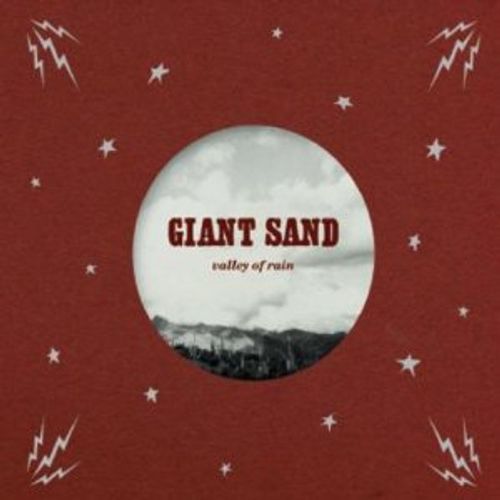

Sandstone is formed from layers of sandy sediment that is compacted and lithified.Ĭhemical sedimentary rocks can be found in many places, from the ocean to deserts to caves. One of the best-known clastic sedimentary rocks is sandstone. These rocks are often called clastic sedimentary rocks. Inorganic detrital rocks, on the other hand, are formed from broken up pieces of other rocks, not from living things. Coal is a sedimentary rock formed over millions of years from compressed plants. Organic detrital rocks form when parts of plants and animals decay in the ground, leaving behind biological material that is compressed and becomes rock. The other is chemical rock, produced from the dissolution and precipitation of minerals.ĭetritus can be either organic or inorganic. The first is detrital rock, which comes from the erosion and accumulation of rock fragments, sediment, or other materials-categorized in total as detritus, or debris. Sedimentary rocks can be organized into two categories. Finally, lithification is the process by which clay, sand, and other sediments on the bottom of the ocean or other bodies of water are slowly compacted into rocks from the weight of overlying sediments. For example, as a lake dries up over many thousands of years, it leaves behind mineral deposits this is what happened in California’s Death Valley. Precipitation is the formation of rocks and minerals from chemicals that precipitate from water.

Precipitation and lithification are processes that build new rocks or minerals. These three processes create the raw materials for new, sedimentary rocks. With this process, water that is slightly acidic slowly wears away stone.

Dissolution is a form of weathering-chemical weathering. Erosion and weathering transform boulders and even mountains into sediments, such as sand or mud. The most important geological processes that lead to the creation of sedimentary rocks are erosion, weathering, dissolution, precipitation, and lithification.Įrosion and weathering include the effects of wind and rain, which slowly break down large rocks into smaller ones. Sedimentary rocks are formed on or near the Earth’s surface, in contrast to metamorphic and igneous rocks, which are formed deep within the Earth.


 0 kommentar(er)
0 kommentar(er)
